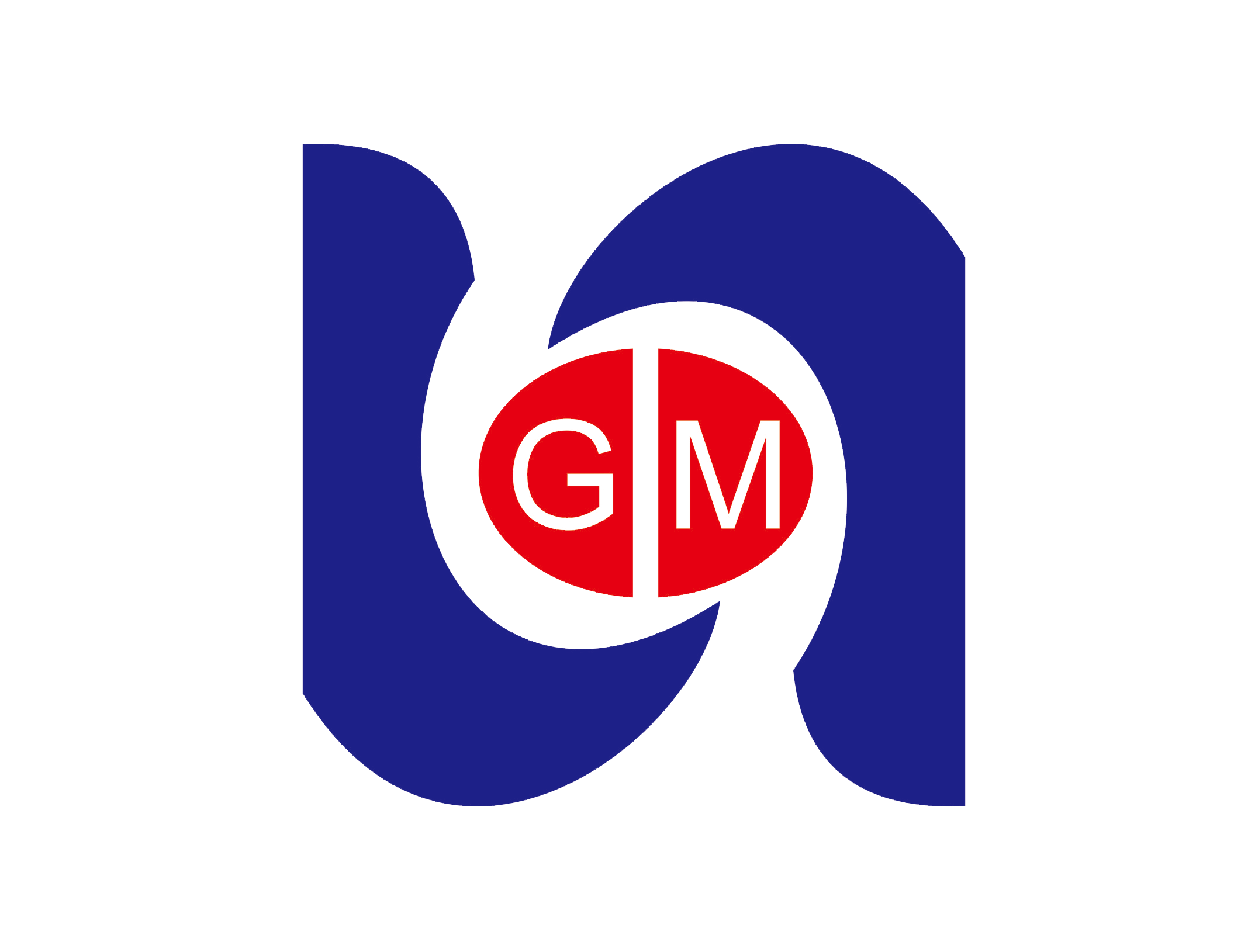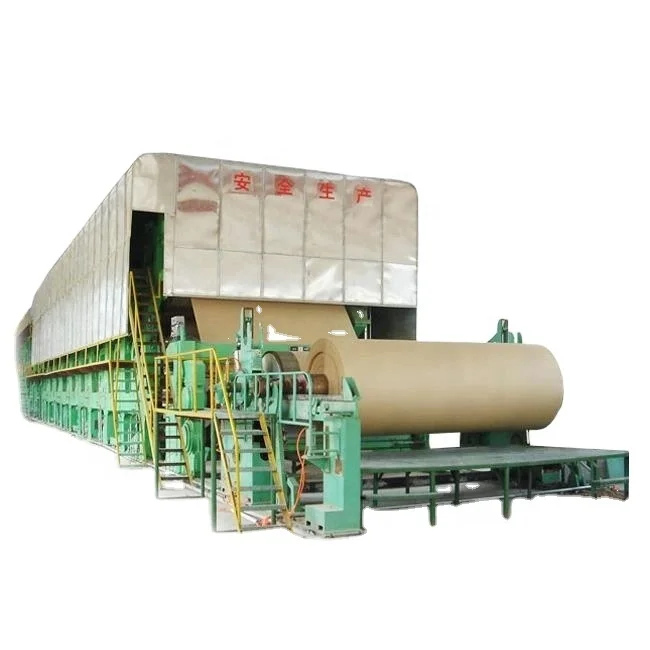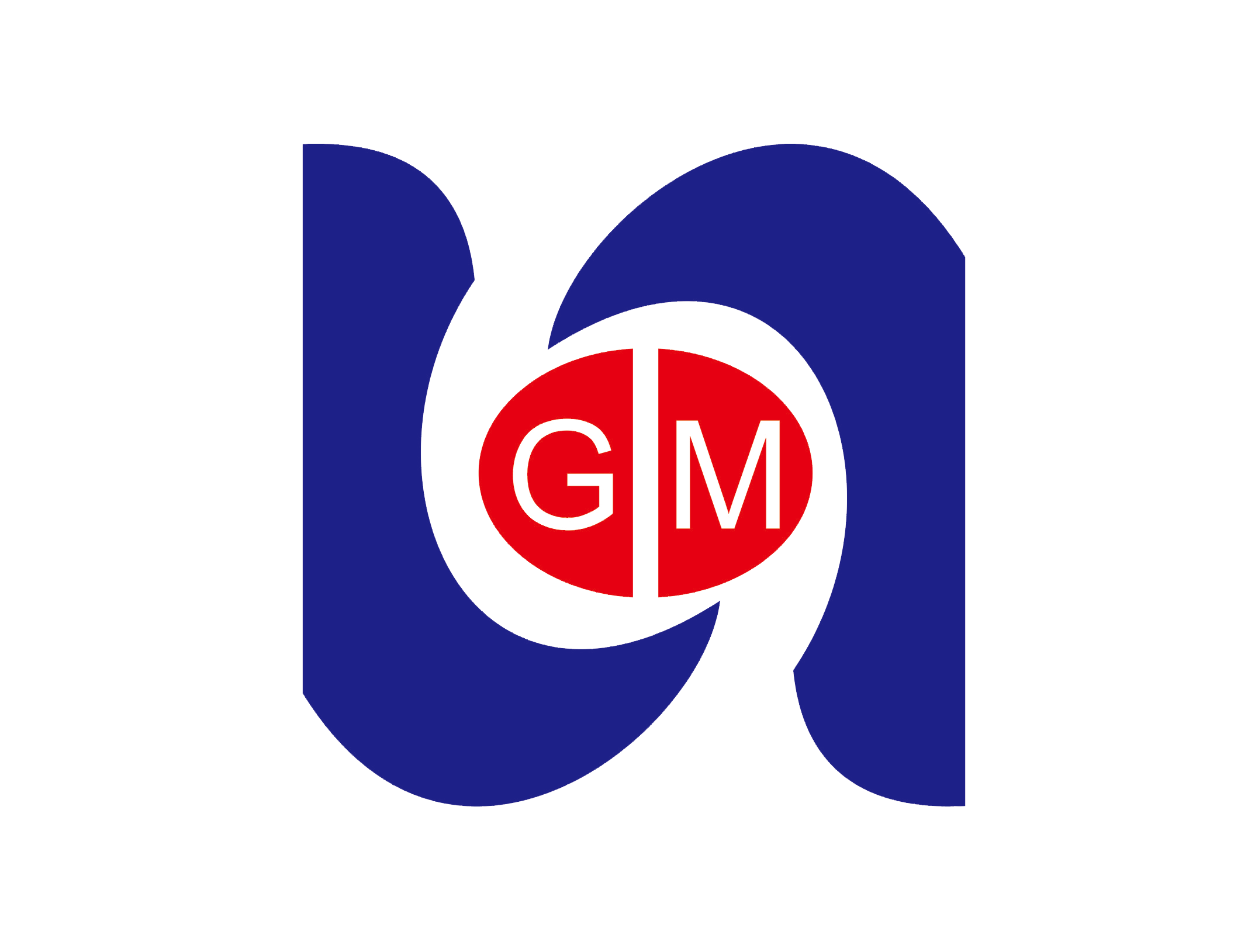Optimizing Energy Use in High-Capacity Corrugated Paper Production
Steam System Optimization for Energy Efficiency
Benefits of Precision Steam Temperature Control
Getting steam temperature just right makes a big difference for energy use in paper mills, sometimes cutting costs by around 20%. When factories keep their steam at the right temps, they waste less heat and save money on their bills. Better steam control also means better paper quality because the fibers get treated correctly during processing. Fewer defects show up in the final product, and production runs stay consistent from batch to batch. Paper industry data shows that plants with good temperature management see real gains in how efficiently they run their operations. Companies across North America who upgraded their steam systems tell similar stories about lower operating costs and improved productivity over time. These real world results speak volumes about why investing in precise temperature control pays off for manufacturers looking to cut expenses while still meeting quality standards.
Implementing Closed-Loop Steam Distribution
Paper mills can save money and reduce waste when they install closed loop steam distribution systems. These setups work by sending steam back into the system instead of letting it escape, which cuts down on wasted heat and makes the whole operation run better. Actual installations at various mills show real savings in steam consumption, translating directly to lower utility bills. Take those paper factories that implemented these systems last year for example they managed to slash their steam needs by around 15 percent just by switching over. Industry professionals point out that these kinds of systems play a major role in saving energy, so most forward thinking manufacturers see them as smart investments when trying to get more bang for their buck from existing steam infrastructure.
Heat Recovery Strategies in Paper Conditioning
Adding heat recovery techniques to the paper conditioning process makes a big difference in how efficiently energy gets used across mills. Paper manufacturers typically look at several approaches when implementing these systems. Some common methods involve capturing exhaust steam to warm up incoming water before it enters the system, while others install heat exchangers that grab leftover warmth from different stages of production. Real world data shows impressive results too. One mill saw around 30 percent drop in energy bills after they installed proper heat recovery infrastructure last year. When these systems get properly integrated with existing machinery on the paper making line, operators notice better overall performance because wasted heat gets redirected instead of just escaping into the atmosphere. For many paper producers concerned about both bottom line costs and environmental impact, heat recovery isn't just beneficial anymore it's becoming essential for staying competitive in today's market conditions.
2024 New 2200mm Kraft Paper Machine Features
AC Frequency Converter Drive System Benefits
The new 2024 2200mm Kraft Paper Machine comes equipped with an AC frequency converter drive system that saves a lot of energy. Some tests show it can cut power usage by around 30%, which makes a real difference in operating expenses. What makes this system special is how it lets operators adjust motor speeds precisely during operation. This fine control not only makes the machine run smoother but also means fewer breakdowns over time. Looking at specs for the 2024 model reveals a sturdy build quality combined with impressive performance numbers across various parameters. The improvements we see here represent significant progress toward greener manufacturing in the paper industry. For factory managers concerned about bottom line costs and carbon footprint reduction, this drive system has become essential equipment. It helps companies produce paper products while spending less on electricity bills and generating lower emissions than older models.
PLC-Controlled Energy Monitoring Capabilities
The 2024 version of Programmable Logic Controllers (PLCs) brings real time energy tracking to paper mills, giving manufacturers much better control over their decisions on the factory floor. These modern systems handle all sorts of detailed analysis work that cuts down on wasted power and makes production run smoother overall. Paper plants now track key performance indicators through their PLC networks including things like how long machines stay running between breakdowns, how much electricity gets used per ton of paper produced, and various efficiency metrics across different parts of the operation. When plant managers have access to live data streams from these controllers, they can constantly tweak processes to get maximum output while keeping those energy bills under control. Most facilities report noticeable savings within just a few months after installing these upgraded systems.
Waste Paper Processing Efficiency Metrics
The latest 2024 paper making machines come with some pretty impressive numbers when it comes to handling waste paper. We're seeing things like higher output rates and lower energy usage for every ton they process. The manufacturers have really stepped up their game with better ways to recycle materials and improve how pulp is made during production. Looking at actual factory data from recent installations, there's no doubt these machines make a big difference environmentally speaking. When factories can turn old newspapers and cardboard into new products so efficiently, they cut down on raw material costs while still producing high quality paper goods. This gives companies a real advantage over competitors who haven't upgraded yet, especially as customers become more concerned about where their products come from and what happens to them after use.
Process Automation for Energy Conservation
Automated Moisture Control Systems
Moisture control systems that work automatically are really important for cutting down on energy waste while still making good quality paper products. These systems use all sorts of fancy sensors to keep the moisture level just right in what comes out at the end, so we don't waste as much power trying to dry things off later. Some research done recently shows pretty amazing results too, saying that when moisture stays steady throughout production, factories can save around 15% on their energy bills. What makes these systems even better is how they let operators make changes on the fly, which means everything runs smoother day to day. Take a typical paper mill for example. If there's suddenly too much or too little moisture somewhere along the line, the system will fix it automatically without anyone needing to jump in and adjust settings manually. This keeps the paper looking good and saves money at the same time.
Real-Time Production Line Monitoring
Keeping tabs on production lines in real time helps companies get better at managing resources and cutting down on wasted energy. When manufacturers install those little IoT sensors throughout their facilities, they start getting constant updates on exactly where power is going. This gives plant managers concrete numbers to work with when trying to cut back on excess usage. Some paper mills have reported saving around 20% on their electricity bills after implementing these kinds of monitoring systems last year. The sensors basically watch all the energy numbers all day long, so whenever something goes off track, maintenance crews know right away what needs fixing. Companies save money on their utility bills while also running operations that are friendlier to the environment over time.
Predictive Maintenance for Energy Savings
The paper industry is seeing major changes in energy consumption thanks to predictive maintenance techniques that catch equipment problems before breakdowns happen. This proactive approach cuts down on wasted energy and keeps production lines running smoothly instead of grinding to a halt. Factories that have implemented these systems report saving around 25% on maintenance costs when compared to old fashioned methods. Modern facilities now rely on smart sensors combined with machine learning algorithms to constantly check the health of machinery throughout the plant. When something starts going wrong, operators get alerts days or even weeks ahead of time. Paper mills across North America are adopting this strategy because it means no more emergency repairs during peak production periods. The energy savings alone make it worth while, but there's also less waste generated from sudden stoppages, which helps the bottom line while being better for the environment overall.
Sustainable Material Handling Strategies
Optimizing Recycled Fiber Preparation
Getting the most out of recycled fiber prep work makes all the difference when it comes to running things efficiently while keeping sustainability at the forefront. The game changers here include better sorting tech and new ways of processing materials. We've seen actual numbers showing these improvements save serious amounts of energy and resources something that matters a lot in an industry where resources get eaten up fast like paper manufacturing does. Take sorting machines for example recent upgrades let them separate different kinds of paper much more accurately. This cuts down on contamination problems and means higher quality end products from those recycled fibers. Looking around the industry right now, there's definitely a shift happening towards using more recycled content. Companies find they spend less money overall and their carbon impact drops too. Paper machine makers are taking notice and adjusting their equipment designs to match what customers want these days both economically and environmentally speaking.
Energy-Efficient Adhesive Application
Switching to energy efficient tech in adhesive applications cuts down on waste while saving power at the same time. Precision dosing systems and smart application techniques actually cut adhesive use by around half in many cases. Some real world data shows factories cutting their energy bills by nearly 30% after implementing these approaches. The environmental perks go beyond just saving electricity too. These new methods slash carbon emissions compared to old school adhesive processes. For paper mills running recycling equipment and toilet paper production lines specifically, this matters a lot since waste management is such a big deal for them. Manufacturers looking to green up their operations find these energy savings both good for business and better for the planet long term.
Closed-Water Circuit Implementation
Closed water circuits play a major role in saving energy and resources during paper making processes. When factories recycle their water instead of constantly pulling fresh supplies from rivers or lakes, they cut down on both water usage and waste output at the same time. Getting those green certifications like ISO 14001 becomes much easier too when companies install proper closed loop systems. Paper mills across North America have seen real results from switching to this approach. One mill in particular reported cutting their water consumption by around 70% after implementing closed water technology specifically for their toilet paper production line. These changes meet what regulators require while helping manufacturers hit their environmental goals without sacrificing productivity.
 EN
EN
 AR
AR BG
BG HR
HR DA
DA FR
FR DE
DE EL
EL PT
PT RU
RU ES
ES TL
TL ID
ID LV
LV LT
LT SR
SR SK
SK UK
UK VI
VI SQ
SQ GL
GL HU
HU TH
TH FA
FA AF
AF GA
GA HY
HY AZ
AZ KA
KA UR
UR BN
BN LO
LO LA
LA MN
MN NE
NE MY
MY KK
KK UZ
UZ KU
KU KY
KY









